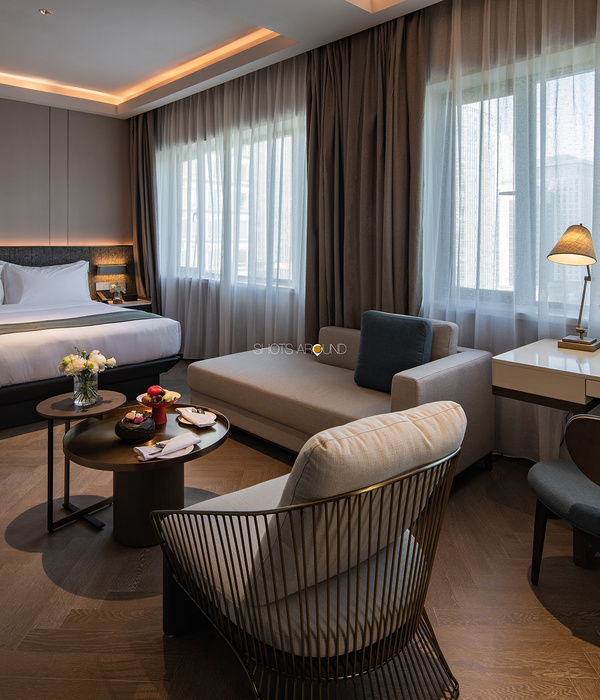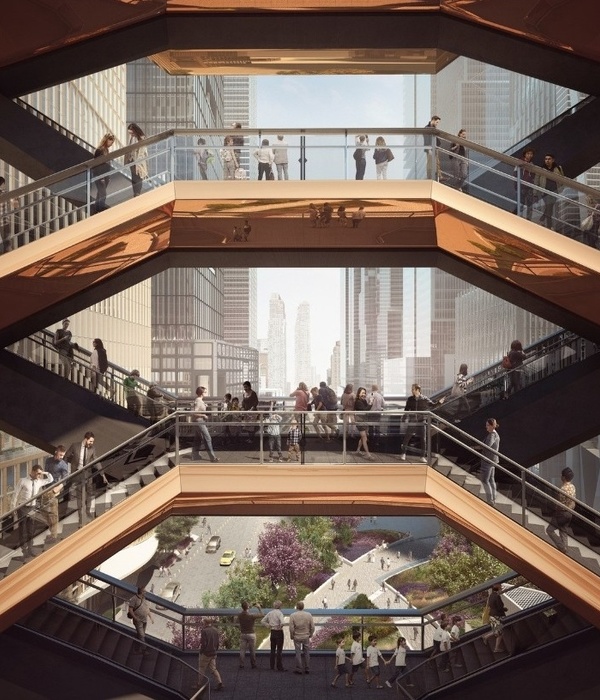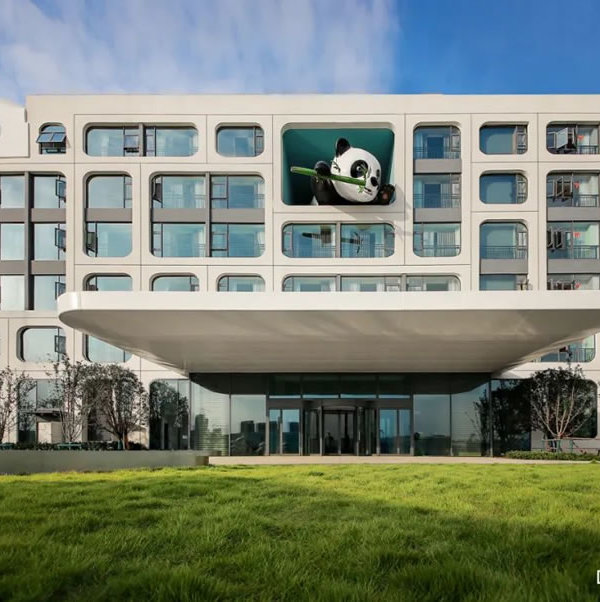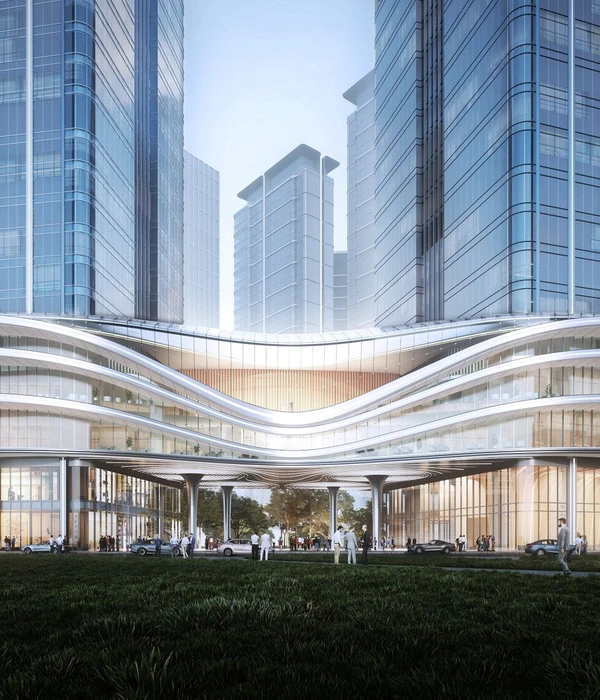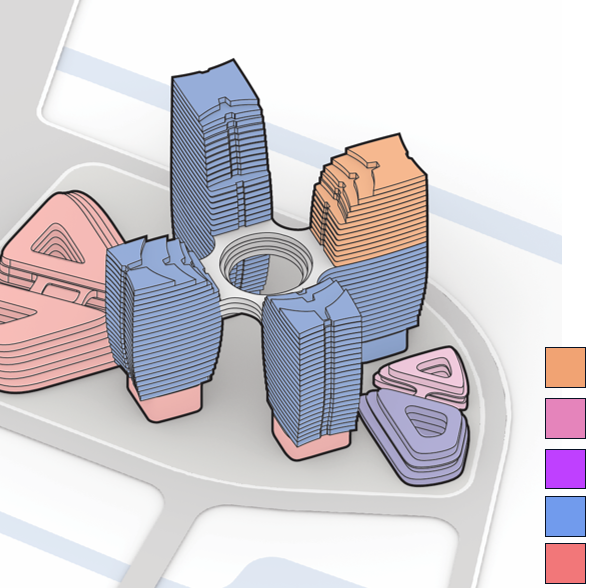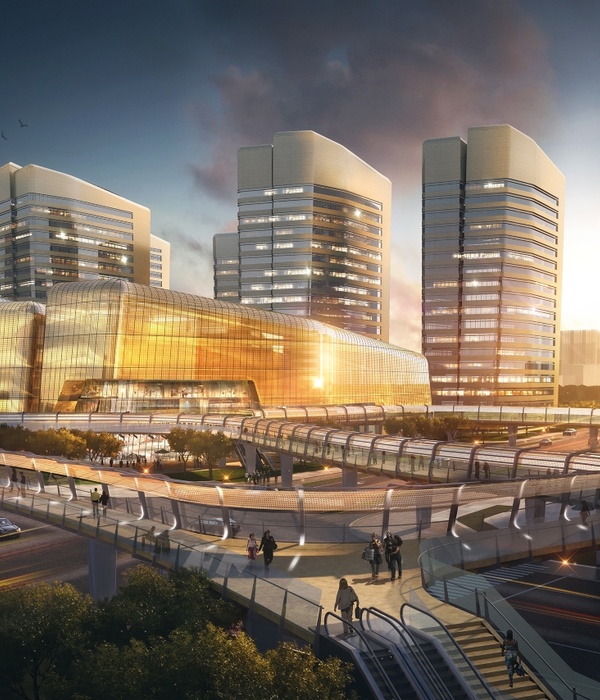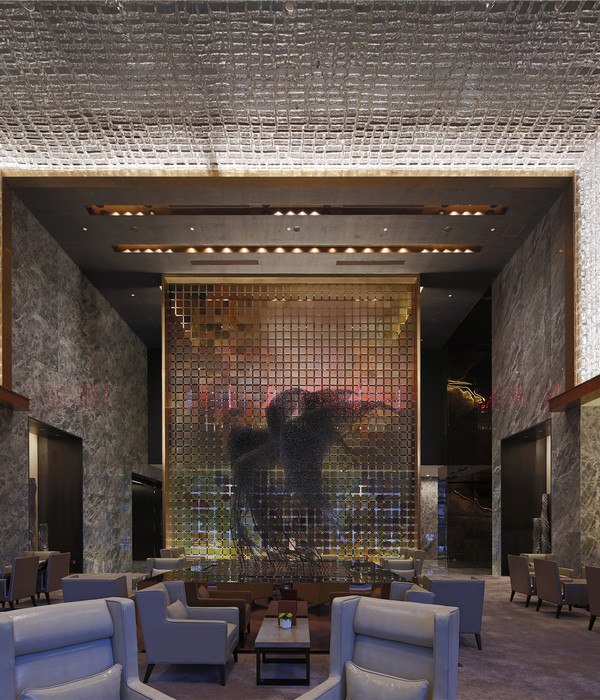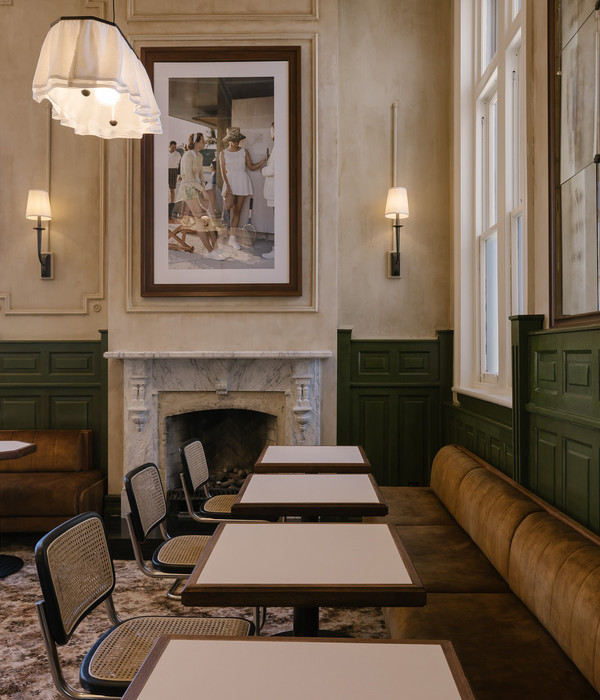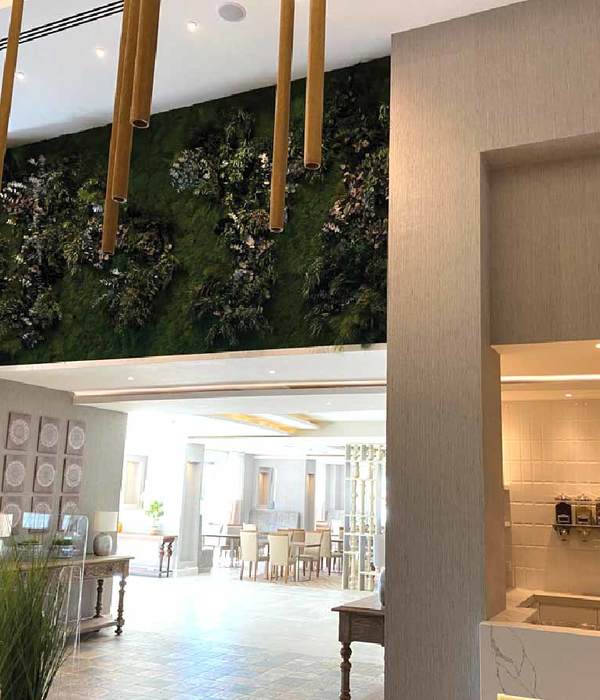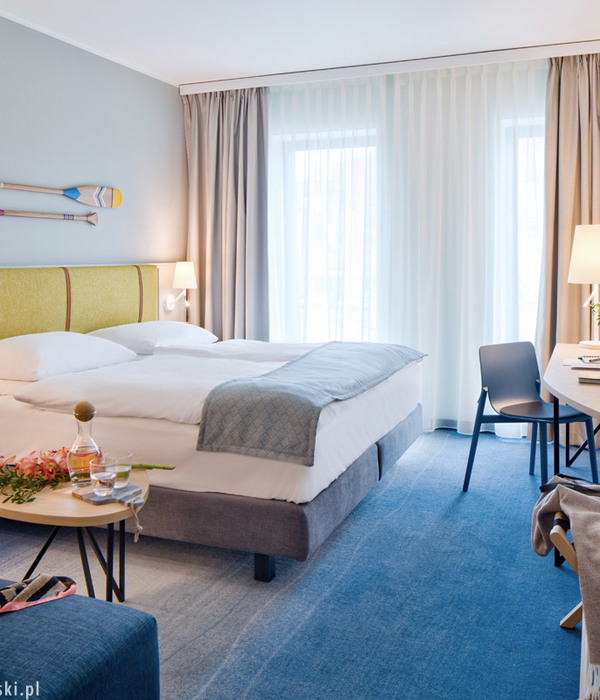Positioned on the ancient trading route between Damascus and Medina, the desert valley of AlUla in north-western Saudi Arabia is known for its sandstone mountains, fertile oases and ancient cultural heritage, most notably the UNESCO World Heritage site of Hegra. Since the establishment of the Royal Commission for AlUla in 2017, the region is also gaining recognition as a budding cultural hub with a series of exhibitions, workshops and performances bringing together creative minds from Saudi Arabia and beyond. Design Space AlUla, the region’s first permanent contemporary gallery space dedicated to showcasing design initiatives across AlUla that opened its doors this month during the annual AlUla Arts Festival, articulates the artistic renaissance that has been quietly unfolding in the heart of the Saudi Arabian desert.
Located in the AlJadidah Arts District, the venue comprises exhibition, workshop and archive spaces conceived with the purpose of promoting collaboration amongst both Saudi and international design professionals whilst exploring design practices through the prism of AlUla’s cultural and natural landscapes. Inspired by the breeze blocks commonly used in the district's architecture, the Corten steel-latticed building boldly marries tradition and modernity in line with the venue’s mission, as does “Mawrid: Celebrating Inspired Design”, the inaugural exhibition which runs until June 1, 2024. Curated by Sara Ghani, the exhibition presents ten AlUla-inspired design projects that span architecture, urban planning and product design. A showcase for the region's wide ranging design initiatives, the event underscores the role of AlUla’s legacy as a catalyst for creative inspiration and design.
Designed by Italian architects Giò Forma and Black Engineering, the low-slung building is centred on a large courtyard that allows plenty of natural light to enter the gallery spaces around it. Connected with the pedestrian streets of AlJadidah Arts District, the courtyard functions as a public plaza seamlessly integrating the venue into the local district. Starkly minimal in form, the low-slung, boxy volume nevertheless comes alive thanks to the mesmerizing geometric latticework that it is wrapped in. Algorithmically designed using four breeze block patterns reflecting those that abound in the neighbourhood, the intricate façade cut-outs create striking visual effects, casting dramatic shadows during the day while transforming the building into a glowing jewel box at night. Constructed in Corten-steel, the rust-coloured exterior echoes the hues of the surrounding Alfath Mountains. Aesthetics aside, more crucially the intricate cut-outs offer solar shading and facilitate natural ventilation reducing the building’s energy consumption.
“Mawrid: Celebrating Inspired Design” builds on the venue’s architectural proposition showcasing projects, both large and small, which have also been inspired by AlUla’s cultural heritage and dramatic landscape, including Design Space AlUla’s own visual identity, a collaboration between Madrid-based graphic designer Clara Sancho and type designer and founder of 29Letters Type Foundry Pascal Zoghbi. Created by manipulating the Arabic word AlUla, the gallery’s distinctive logo draws from a wide range of inspiration across AlUla, from ancient inscriptions in Jabal Ikmah to the town’s breeze blocks.
Standing out for its bold design is Roth Architecture’s AZULIK luxury eco-resort whose organic form draws on the natural forms of AlUla’s windswept desert landscape. Currently under development, the project offers thrilling glimpses into the region’s future, as does Prior + Partners’ Cultural Oasis District Masterplan for AlUla. Created in collaboration with Allies and Morrison, the masterplan sets out to reconstruct the town in harmony with the nature that surrounds it in line with Royal Commission for AlUla’s visionary roadmap.
Another ambitious project on dislay is Giò Forma’s Maraya, a mirror-clad multipurpose venue completed in 2020. Named after the Arabic word for mirror, the cubic building ‘disappears’ into its desert setting, not unlike the ancient Nabataean tombs in the area which were sculpted into the sandstone outcrops as opposed to being built directly onto the landscape. Boasting the title of world’s largest mirrored building, its reflective facades create mesmerising optical illusions that allude to the mirages described in historical travel accounts of Arabia. An architectural landmark on its own, the venue also offers an extraordinary rooftop dining experience courtesy of Maraya Social, Michelin-starred British Chef Jason Atherton’s award-wining restaurant. Interweaving Mediterranean, Arabian and British cuisines, Atherton’s menu of shared plates is served amid glorious views of the rock-strewn canyons of Ashar Valley.
Not as flashy but just as substantial, SAL Architects’ renovation of the Ammar Bin Yasser Mosque, a cherished local landmark, and Hopkins Architects’ proposed renovation of Madrasat Addeera, a historic building that originally housed AlUla's first secondary girls school, also speak of the importance of preserving AlUla’s legacy.
Other exhibitors include the finalists from the second edition of AlUla Design Award: Saudi studio Teeb Made’s date serving set which is inspired by the volcanic morphology of nearby Harrat Khaybar; Paris-based architectural designer Imane Mellah’s contemporary take on the traditional oil lantern; Riyadh-based Shaddah Studio’s folding chair-rug which incorporates a jute rug (handcrafted by local women based on traditional Bedouin techniques) that can be detached and used for prayer or yoga; and architect Sara Kanoo’s first venture into jewellery design, a wearable clasp that doubles as a pendant inspired by the ‘stairway to heaven’ motifs in ancient Nabataean tombs in nearby Hegra, Saudi Arabia’s first UNESCO World Heritage Site.
Running alongside Design Space AlUla’s debut, “Unguessed Kinships” showcases the fruits of the first edition of AlUla Design Residency, a two-month programme fostering in situ collaboration between designers and experts across various disciplines with a mission to forge impactful interventions for the local community. The inaugural Residency brought together five design practices from around the world including French designer Leo Orta who crafted a series of organic seats inspired by the Tafoni sandstone formations and the traditional mud-brick buildings, and French studio hall.haus whose modular seating system draws inspiration from traditional North African seating, Saudi sharing spaces and Western modular sofas. Augmented by a rich program of talks and workshops, suffice it to say that Design Space AlUla has clearly emerged as an influential player in the region's cultural awakening.
{{item.text_origin}}

